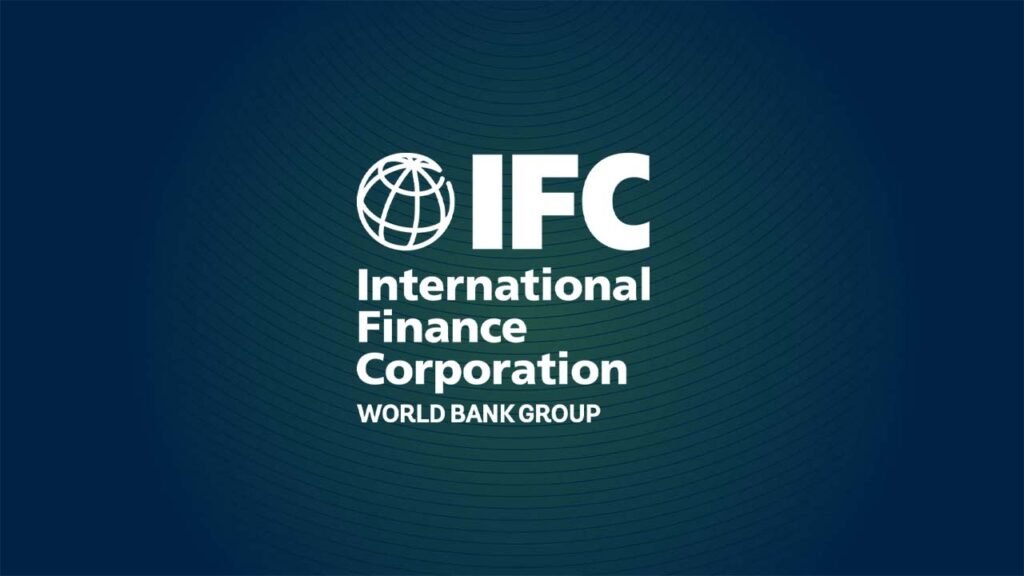The International Finance Corporation (IFC), the private sector arm of the World Bank Group, has demonstrated a remarkable performance trajectory for the fiscal year ending June 30, 2024. With a significant recovery in net income, strategic capital allocation, and robust portfolio diversification, the institution continues to reinforce its role as a global leader in fostering private sector development. These achievements come amidst a backdrop of challenging global economic conditions marked by geopolitical tensions, inflationary pressures, and uneven recoveries across emerging markets.
IFC’s financial results reflect a strong rebound in operational efficiency and profitability. Net income surged to $1.49 billion in FY24, more than double the $672 million recorded in the previous year and a dramatic turnaround from the $464 million loss reported in 2022. This recovery underscores the success of the organization’s efforts to adapt to shifting global dynamics while maintaining a steadfast commitment to its mission of advancing inclusive and sustainable growth. A closer look at IFC’s balance sheet reveals total assets of $108.19 billion, slightly down from $110.55 billion in 2023, signaling a careful recalibration of resources to optimize returns. Investments climbed by an impressive 14%, reaching $58.75 billion, reflecting IFC’s focus on expanding its footprint in critical sectors and regions.
Diversification and Regional Outreach
IFC’s portfolio diversification remains one of its strongest attributes, showcasing a balanced approach to risk and opportunity across industries and regions. The financial markets sector accounted for 40% of the total portfolio exposure, amounting to $32.1 billion. This significant allocation highlights IFC’s role in enhancing financial inclusion and supporting systemic resilience in developing economies. Infrastructure investments, comprising 14% of the portfolio at $11.35 billion, underscored the institution’s commitment to addressing foundational gaps in emerging markets, a critical factor for sustainable economic development.
Other sectors, including manufacturing, agribusiness, and health, also received substantial attention. Agribusiness and forestry investments totaled $4.7 billion, reflecting an acknowledgment of agriculture’s role in food security and employment generation. Health, education, and life sciences received $4.06 billion, a vital allocation during a period when the global focus on healthcare systems has never been more pronounced. The sectoral distribution of IFC’s portfolio demonstrates an acute awareness of the interconnected challenges that define the development landscape.
Regionally, Africa and Latin America led the way, each accounting for 21% of IFC’s $80.23 billion portfolio. These regions represent both immense opportunity and significant development challenges, making IFC’s role as a financier and catalyst particularly critical. East Asia and the Pacific followed with a 17% share, reflecting the region’s dynamic economic growth and evolving infrastructure needs. South Asia, with 13% of the portfolio, continues to draw IFC’s focus, driven by its high population density and developmental demands. IFC’s engagements in Central Asia, Türkiye, and the Middle East further underscore its balanced approach to risk diversification and market expansion.
Financial Ratios
The organization’s financial ratios illustrate its robust operational health and prudent fiscal management. Despite a decrease in the overall liquidity ratio from 103.8% in 2023 to 81.0% in 2024, IFC maintained a comfortable buffer to meet short-term obligations. The debt-to-equity ratio edged up to 1.7, compared to 1.6 in the prior year, signaling a cautious increase in leverage to support expanded operations. Reserves against losses on loans improved, dropping to 2.9% of the total disbursed portfolio from 3.7% in 2023. This reduction suggests better credit quality and effective risk mitigation measures within its loan portfolio.
Capital adequacy remained a focal point under the updated Capital Utilization Ratio (CUR) framework. The CUR, which measures capital required as a percentage of capital available, stood at 60.5%, marginally lower than the 60.7% reported in 2023. This stability reflects IFC’s disciplined approach to managing its capital base while aligning with its growth objectives. Available capital increased to $36.6 billion, a testament to IFC’s growing financial strength and ability to support a larger pipeline of investments.
High-Impact Markets
A deeper dive into IFC’s country-specific portfolio exposures reveals a strategic focus on high-impact markets. India emerged as the top destination, with a portfolio exposure of $8.9 billion, accounting for over 11% of the global portfolio. This underscores India’s critical role as a growth engine in IFC’s strategy, supported by the country’s vast market size and ongoing structural reforms. Brazil followed with $6.29 billion, emphasizing the importance of Latin America’s largest economy in IFC’s portfolio. Other key markets included Türkiye, China, and South Africa, which collectively represent diverse opportunities and challenges. These countries are pivotal in addressing regional disparities while driving global economic integration.
Nigeria, at $2.15 billion, led the African continent in IFC’s portfolio, highlighting the institution’s focus on the continent’s most populous nation and largest economy. The exposure to Nigeria aligns with the broader strategy of promoting inclusive growth and private sector resilience in Africa. Other notable exposures included Colombia, Vietnam, and Egypt, further emphasizing IFC’s presence in markets characterized by high growth potential and strategic importance.
Outlook
While IFC’s financial and operational performance reflects a well-executed strategy, the path ahead is not without challenges. Geopolitical uncertainties, inflationary pressures, and the ongoing effects of climate change present risks that require vigilant management. Moreover, balancing the dual mandate of financial sustainability and developmental impact remains a complex endeavor, especially in fragile and conflict-affected states.
Looking forward, IFC is well-positioned to navigate these challenges. Its robust capital base, diversified portfolio, and strategic regional focus provide a solid foundation for continued growth. The institution’s emphasis on innovation, such as leveraging digital technologies to expand financial inclusion, will be crucial in addressing the evolving needs of developing economies. Furthermore, IFC’s role in mobilizing private capital to support climate resilience and sustainable development is expected to gain prominence as global priorities shift towards achieving net-zero emissions.

